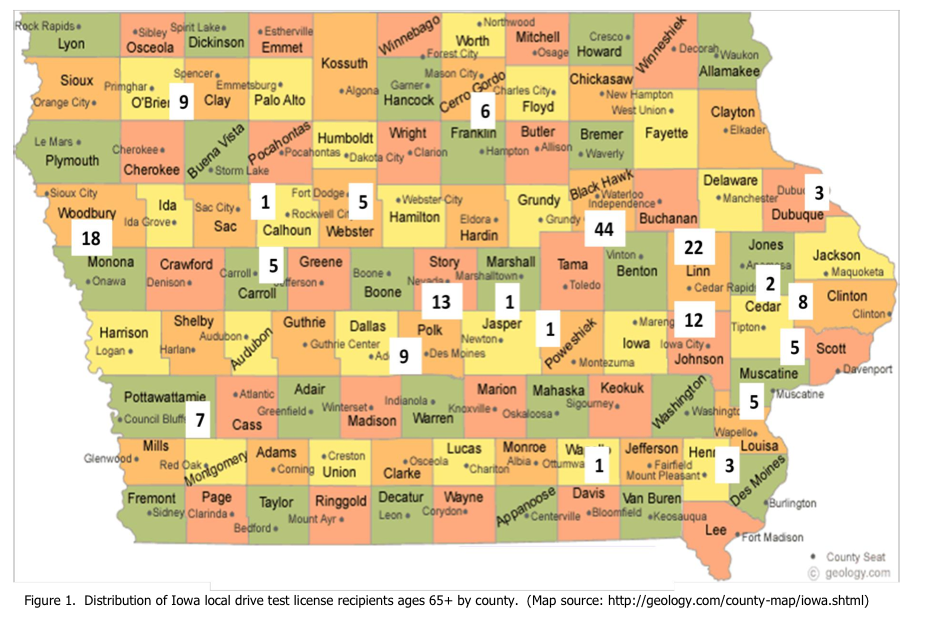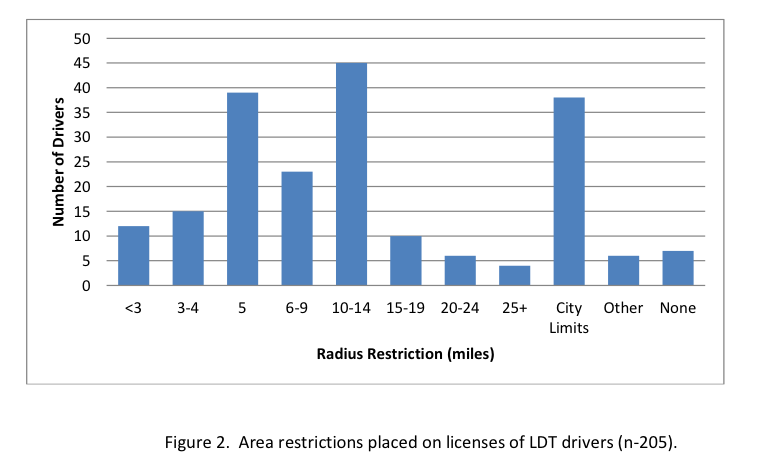AAA FOUNDATION FOR TRAFFIC SAFETY
Introduction
Project Rationale and Background
By the year 2030, 19 percent of the U.S. population, and 22 percent of its licensed drivers, will be age 65 or older (Vincent and Velcoff, 2010; Lyman, Ferguson, Braver and Williams, 2002). Contrary to initial expectations, this increase in the proportion of older drivers seems unlikely to lead to large increases in the numbers of traffic crashes and associated injuries and fatalities. Recent research by the Insurance Institute for Highway Safety shows that older drivers have a lower overall crash involvement rate, and lower rates of both serious and moderate/minor injury crashes per 100,000 licensed drivers, than do middle-aged drivers. In addition, older drivers’ rate of fatal crash involvement per licensed driver has declined steeply over the past decade, so that it is now only slightly higher than that for middle-aged drivers, despite older drivers’ increased fragility once involved in a crash (Cheung and McCartt, 2011).
This is not to say that the aging of the driving population does not present challenges. Increased age is associated with a decline in many functional abilities identified as important for driving including vision, reaction time, and the ability to divide attention between tasks. With age there is also an increase in the occurrence of chronic medical conditions, and in the use of medications for their treatment. But persons age differently, so that not everyone’s driving ability will be affected in the same way and to the same extent. The challenge becomes one of identifying those drivers whose functional impairments place them at increased risk of crashing, and intervening to lower their crash risks. The overall goal is to assist older adults in continuing to drive as long as they can do so safely; in other words, to improve safety as well as mobility for future older drivers.
In 2008, the AAA Foundation for Traffic Safety sponsored the North American License Policies Workshop (Eby and Molnar, 2008). The Workshop had three primary objectives: to synthesize current knowledge, develop consensus-based recommendations, and inform a robust research agenda aimed at improving older driver safety. Since the Workshop the Foundation has continued to make older driver safety a cornerstone of its research mission.
The current project was a follow-on to an earlier Foundation-funded project to create a national database of state driver licensing policies and practices pertaining to older and/or medically-at-risk drivers (see Stutts and Wilkins, 2009: also, the online database available at http://lpp.seniordrivers.org/lpp/).
Read full report (PDF) here: Keeping Seniors Safe and Mobile
About the AAA Foundation for Traffic Safety
www.aaafoundation.org
“Founded in 1947, the AAA Foundation in Washington, D.C. is a not-for-profit, publicly supported charitable research and education organization dedicated to saving lives by preventing traffic crashes and reducing injuries when crashes occur. Funding for this report was provided by voluntary contributions from AAA/CAA and their affiliated motor clubs, from individual members, from AAA-affiliated insurance companies, as well as from other organizations or sources.”
Tags: AAA Foundation for Traffic Safety, driving, mobility, seniors








 RSS Feed
RSS Feed